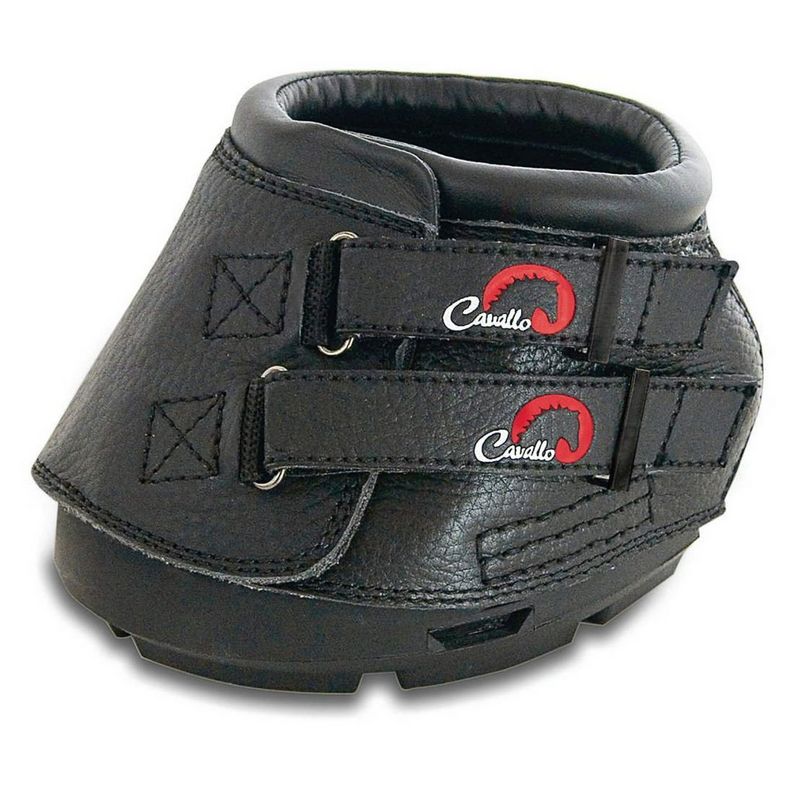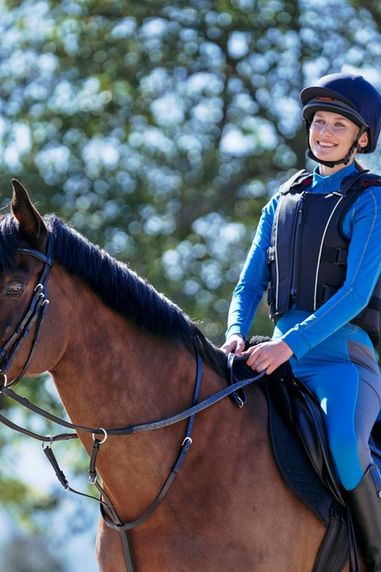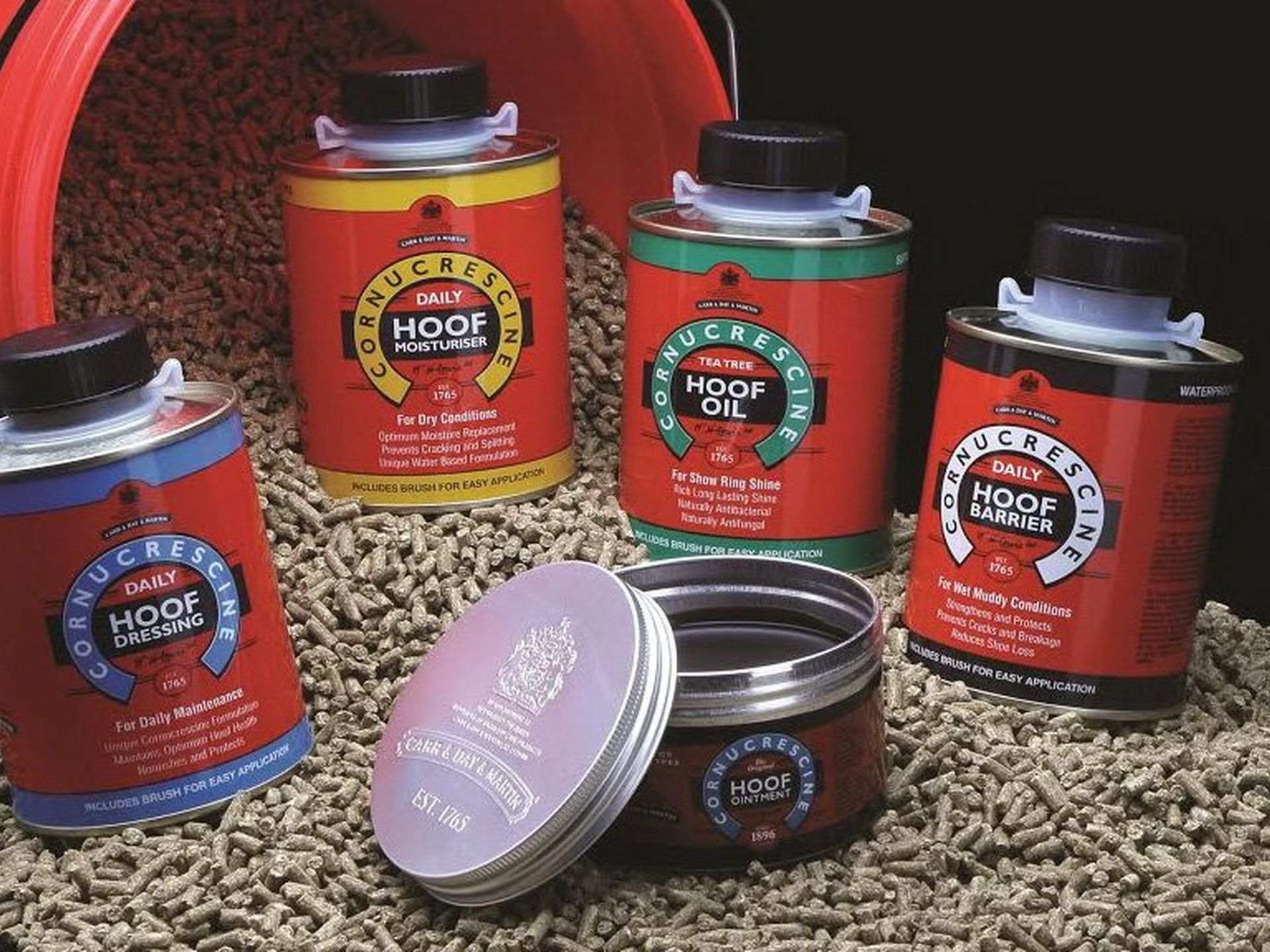
Shoeing vs Barefoot? This is an argument that always has us horse owners disagreeing.
We are going to summarise the pros and cons of both to help you make your mind up.
The History
In the wild, horses walked and grazed continuously over a wide range of terrain that hadn’t been ploughed or paved. Their hooves were worn to a smooth, even and hard state. The continued stimulation of the sole of the foot caused it to become thick and therefore stronger.
When a horse no longer lives in the wild it becomes domesticated and its hooves loose some of their original strength and conformation as without the natural conditioning that occurs in the wild the feet become overly long/soft and therefore fragile. This can also be impacted by their diet.
There are many different supplements and feeds that can be used to help with strengthening / maintaining your horses hooves.
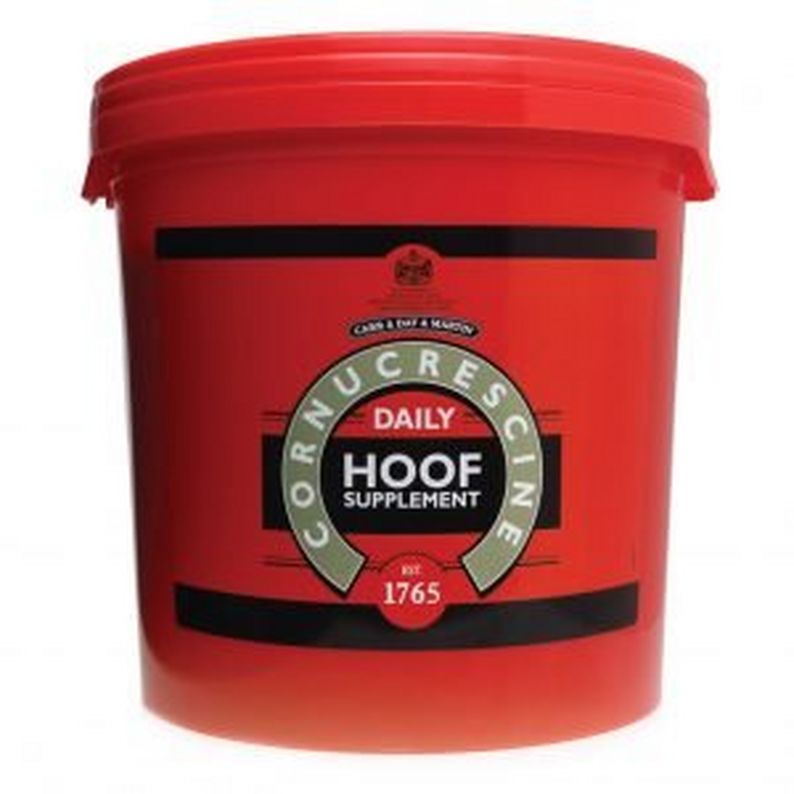
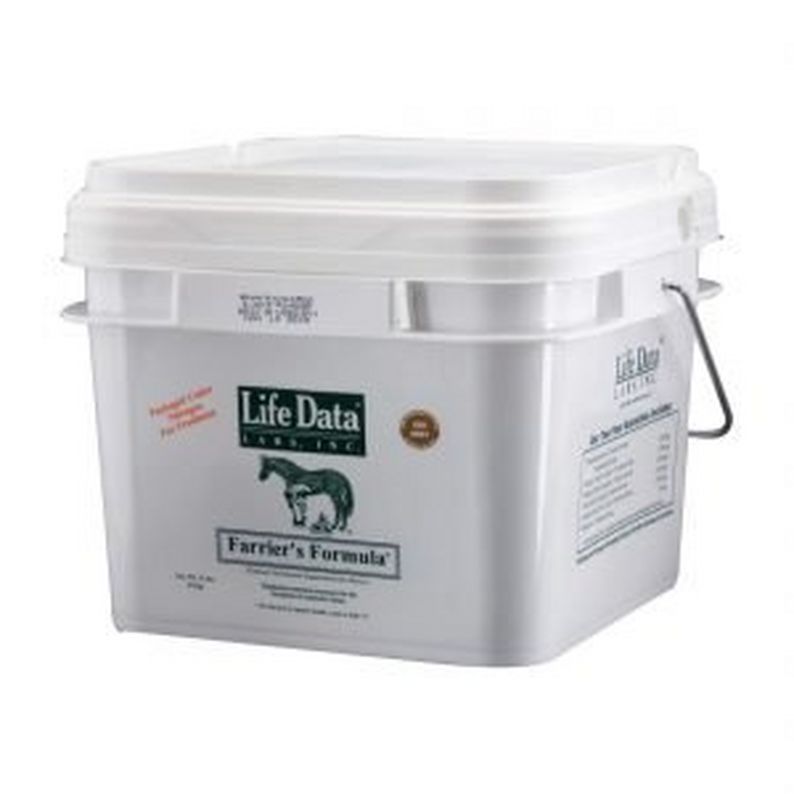
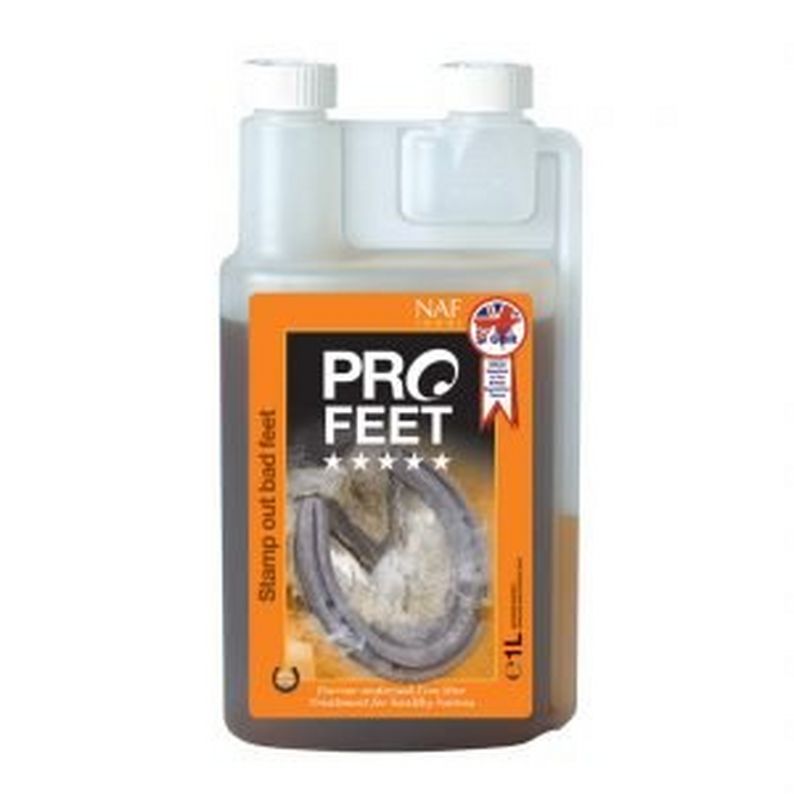
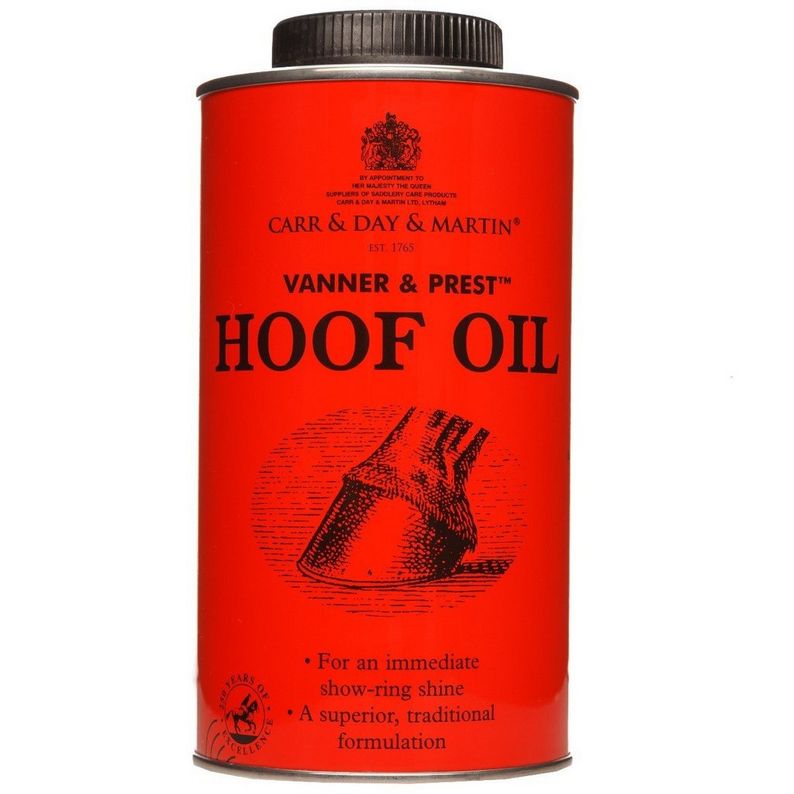
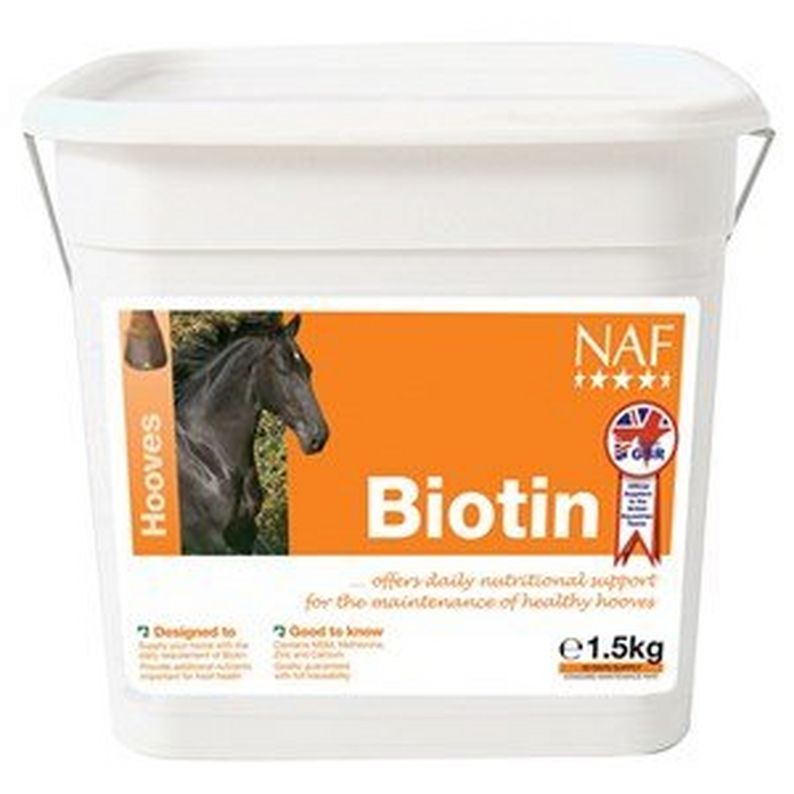
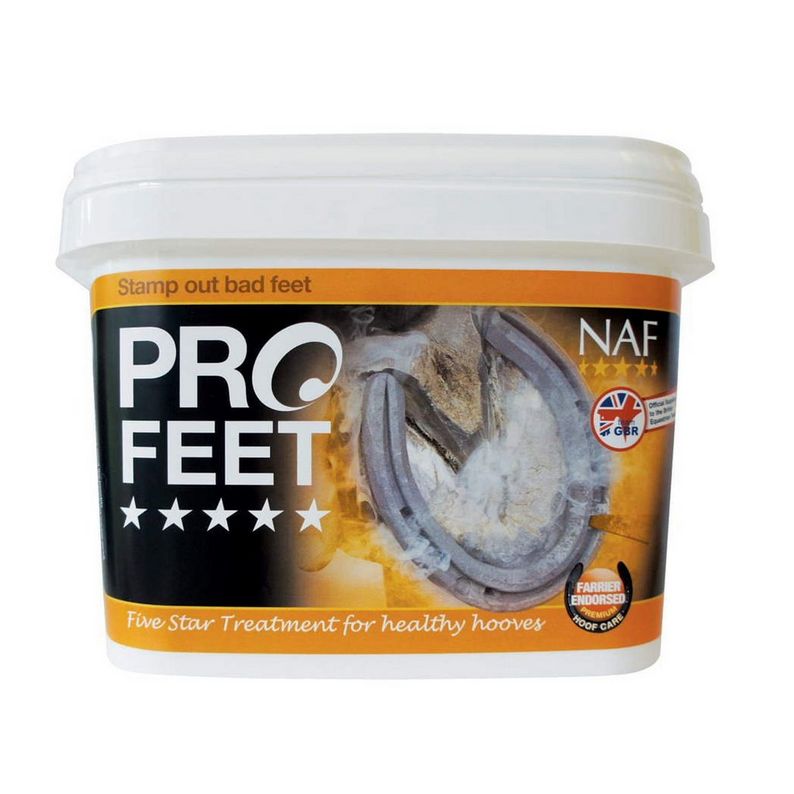
From hoof dressings and oils that can be applied to the hoof using a brush to supplements and powders that are added into your horses diet orally.
To see what Hoof care products Naylors have available visit our website. We have a variety of products for all products whether you are team shoeing vs barefoot or the other way round.

Advantages of shoeing your horse
Protection– A horse shoe can provide your horse with good protection from any impact that may occur when they are working or walking on hard surfaces.
Traction- The shoe can also help prevent your horse from slipping on wet ground. You can also add studs to a horse shoe to give your horse extra grip on these surfaces.
Medical Issues- Some horse may have medical conditions that require corrective shoeing this can be anything from altering the shape and angle of the hoof to adding a specially designed shoe to help protect bruising and damage your horse may have to the hoof or helping to keep medicine on the hoof.
There are a wide variety of different types of horse shoes that all have different uses.
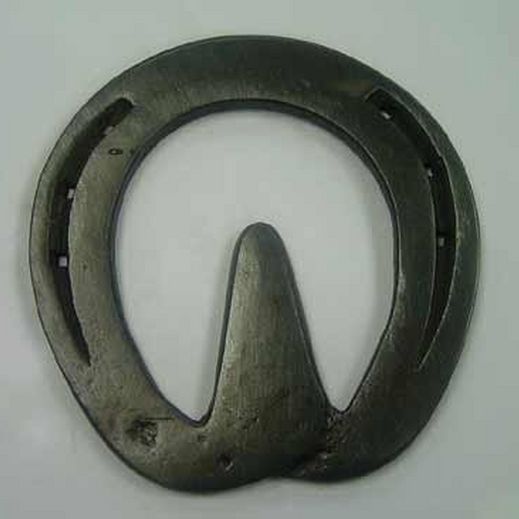
The Heart bar shoe:
This shoe can be a major part in saving the life of a horse with Laminitis. The aim of the Heart bar shoe is to act against the pedal bone rotation and has a large amount of support for your horses hoof.

The Straight bar shoe:
This is a supportive shoe that is mainly used to help horses with low and weak heels.With the bar across the back the frog is forced to bare some of the horses weight meaning that the weight bared on the heel is reduced allowing them time to repair.

The Egg Bar Shoe:
Similar to the straight bar shoe with even more support offered.However the egg bar shoe is prove to being lost due to the large amount of shoe left showing at the back of the horses foot.
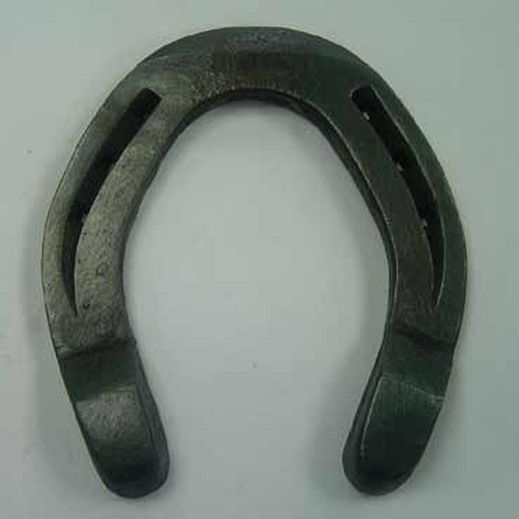
The Spavin shoe:
Used as part of the treatment for a horse suffering from bone spavin. This shoe has a wedge heel and allows the joint spaces to open up helping them to fuse faster by stimulating the joint.
Images from: Peter Fenton Equine Vets at http://www.peterfentonequinevets.co.uk/farriery.html
Disadvantages of shoeing your horse
Stress- Horse shoes can cause your horses hoof additional stress that can damage the hoof/ foot.
Nail Damage- The nails used in shoeing can cause damage to the hoof wall and tissue.
Lameness- Badly shod hooves can cause your horse pain and also lameness.
If you choose to shoe your horse you must consider:
Horses need to be re-shod every four to six weeks no matter whether the shoes look visibly worn out or not. Horses hooves continuously grow and with the addition of a shoe the hoof cannot wear down naturally as an unshod horses can and so your farrier will need to trim/file these down regularly in order to keep your horses feet healthy. This can be quite costly as shoe will be required when shoeing vs barefoot in which only a trim will be required.
The Barefoot Approach
The Wild horse is not born with a shoe on and so their hooves are left bare.Their hooves get worn down naturally and so do not become over grown meaning that they are less likely to split, crack or become damaged.
Advantages of keeping your horse barefoot
Relieve Pressure- Barefoot hooves usually relieve pressure from the horses legs.
Increased hoof circulation–The barefoot hoof can function as nature intended it to, by expanding and contracting with each step, which in turn pumps blood into and out of the foot.
Increased shock absorption–Which reduces the chances for joint and tendon damage
Disadvantages of keeping your horse barefoot
Transition-Some horses cannot adapt; whether through genetics or conditioning, their feet cannot adapt to being without shoes.
Pain and Bruising- Some horse can become footsore and prone to bruises after a long ride.
Lack of protection- If a horse has medical issues and needs protection of their hooves the only way to do this when barefoot is to buy some hoof boots which can be quite expensive. Hoof Boots can be used as a way of protecting your horse whether this is due to an injury to the hoof meaning the sole of the hoof needs added protection or to be used in the transition from being shod to going barefoot whilst riding to reduce any bruises or tenderness the riding surface may cause.They are also very lightweight and can be carried with you whilst riding as an emergency aid in the situation that your horses throws a shoe.
Your horse’s hooves need to be checked daily to make sure they are maintained and cared for in the best possible way. This is the same for horses with and without shoes. See below for advice on checking your horses feet and what to look for.
Before making your final decision it is recommended that you speak to your farrier as they will know your horses feet best and will be able to advise you of any potential issues that going barefoot may cause or may suggest if your horse is already barefoot then they may need shoeing. The shoeing vs barefoot argument will always be a talking point with equestrians but remember, each horse is different and while some horses can strive from the barefoot approach it may also simply not suit others and so this is why we cannot give an answer as to which is best and it may be for one horse but not for all.
Interested in a career in Farriery?
Becoming a Farrier can be a very rewarding career and there are certain routes you must follow in order to qualify.
For more information on this visit: https://www.warwickshire.ac.uk/farriery/
